COURSES
Many courses at Wesleyan use teaching collections in the Environmental Archaeology Lab for hands-on lessons and activities. Dr. Brunson also uses the lab for class meetings in her methods courses. You can read the course descriptions for Dr. Brunson’s courses below or find them on WesMaps.

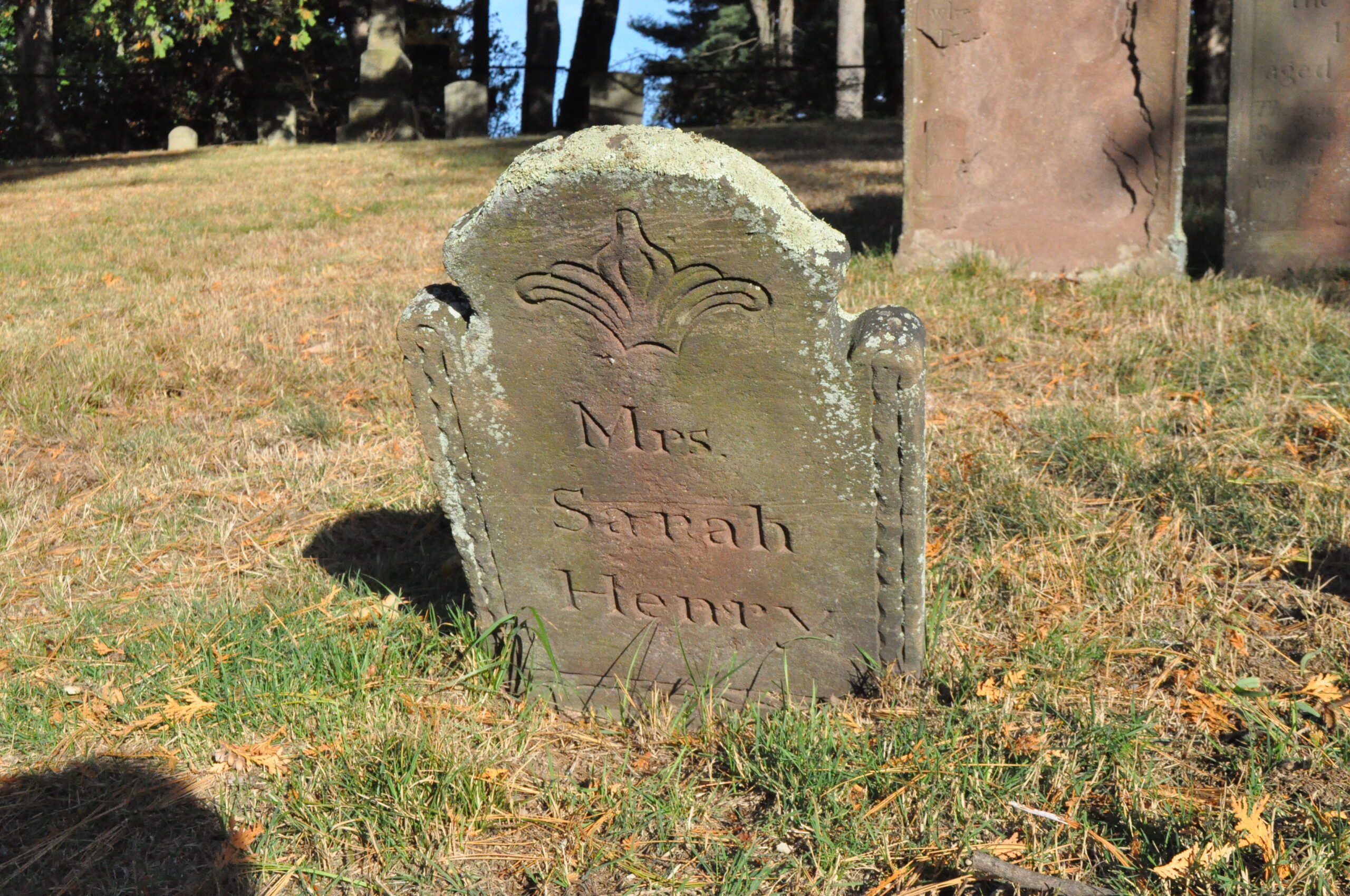
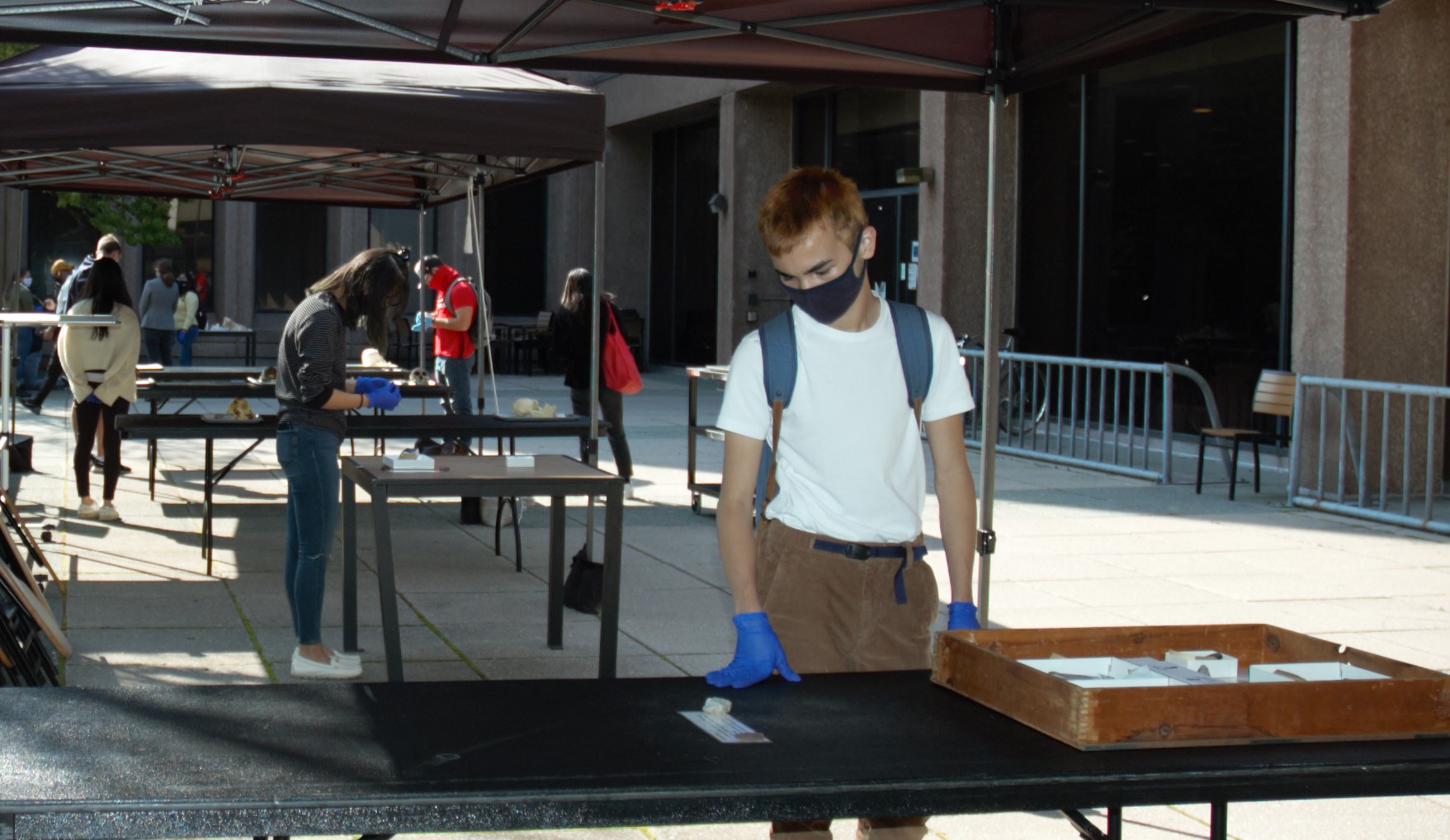
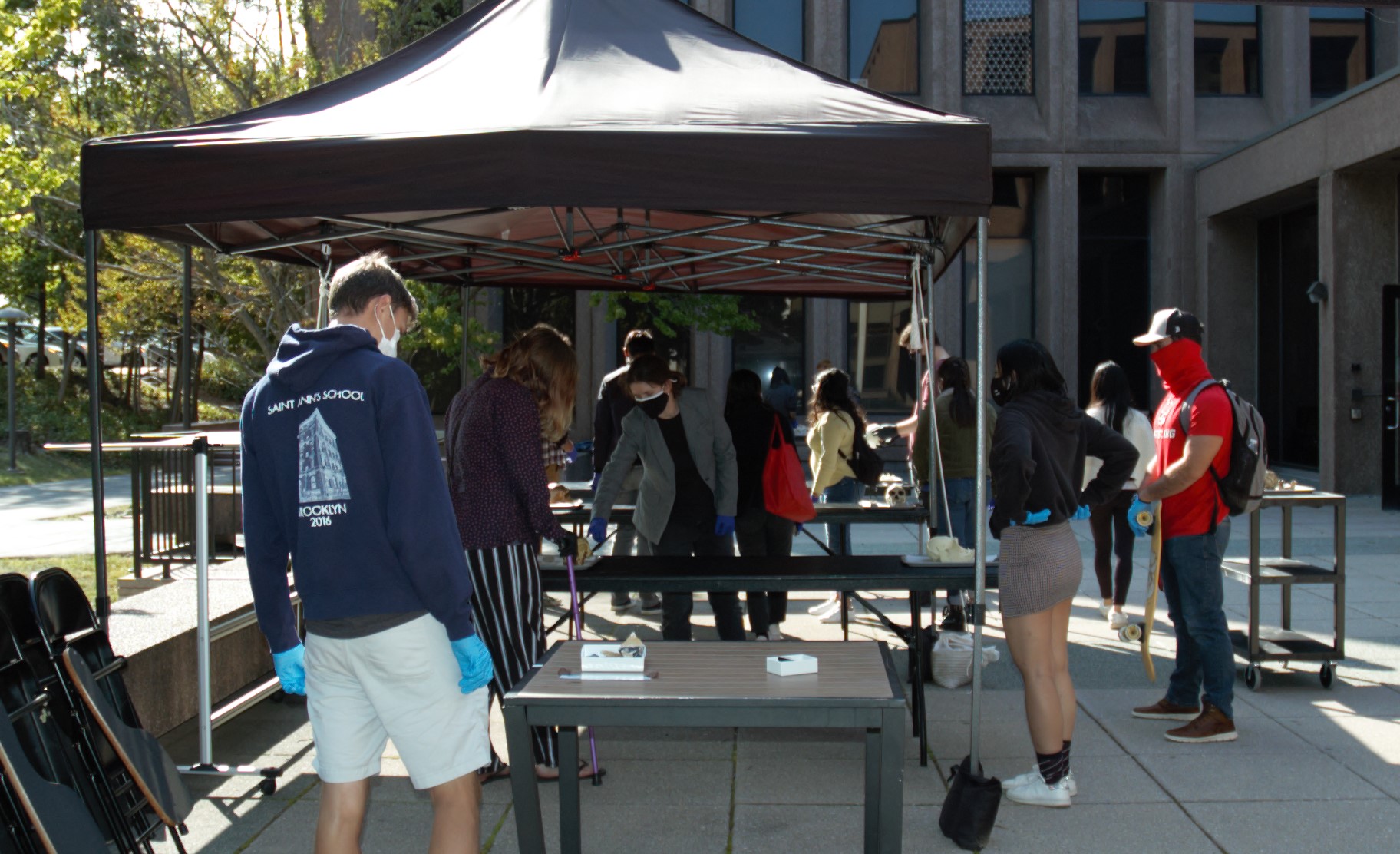

What can fragments of pottery, stones, and bones reveal about the lives of people who lived thousands or even millions of years ago? What does the archaeological record reveal about human evolution, past human diets and health, ancient socioeconomic systems, and the emergence of early cities? And how can we preserve archaeological sites and artifacts for future generations? This course will introduce students to the interdisciplinary field of archaeology. We will discuss key methods and principles that archaeologists use to study the human past while covering a survey of world prehistory from the earliest stone tools to the archaeology of contemporary material culture. Students will have the opportunity to examine real archaeological artifacts–including artifacts excavated from historic Middletown–and will be encouraged to think critically about the ways that archaeology informs our understanding of both the past and the present.
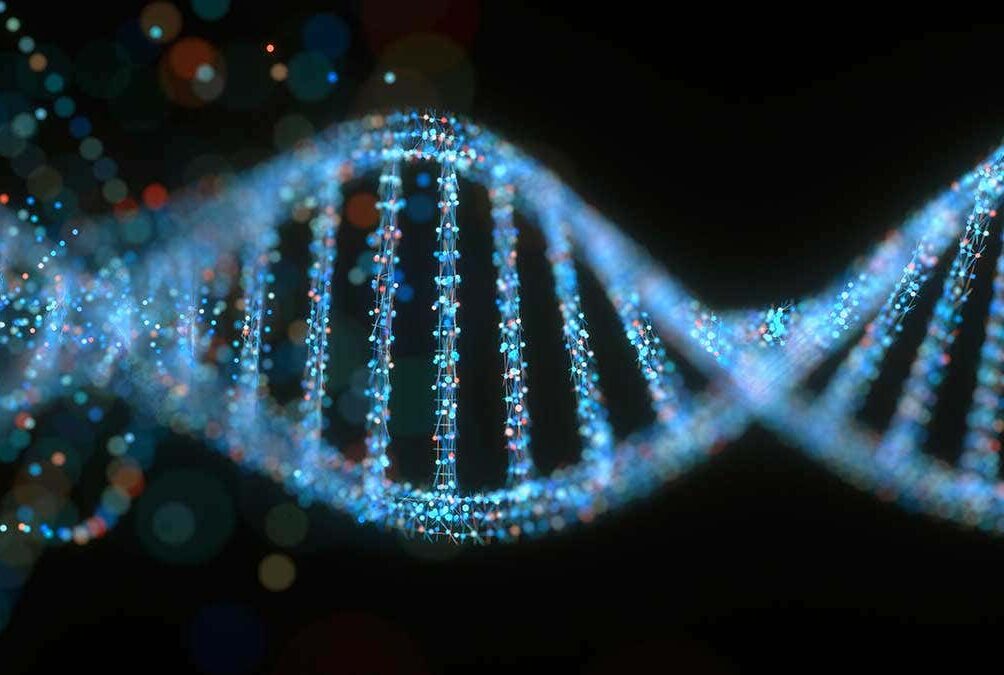
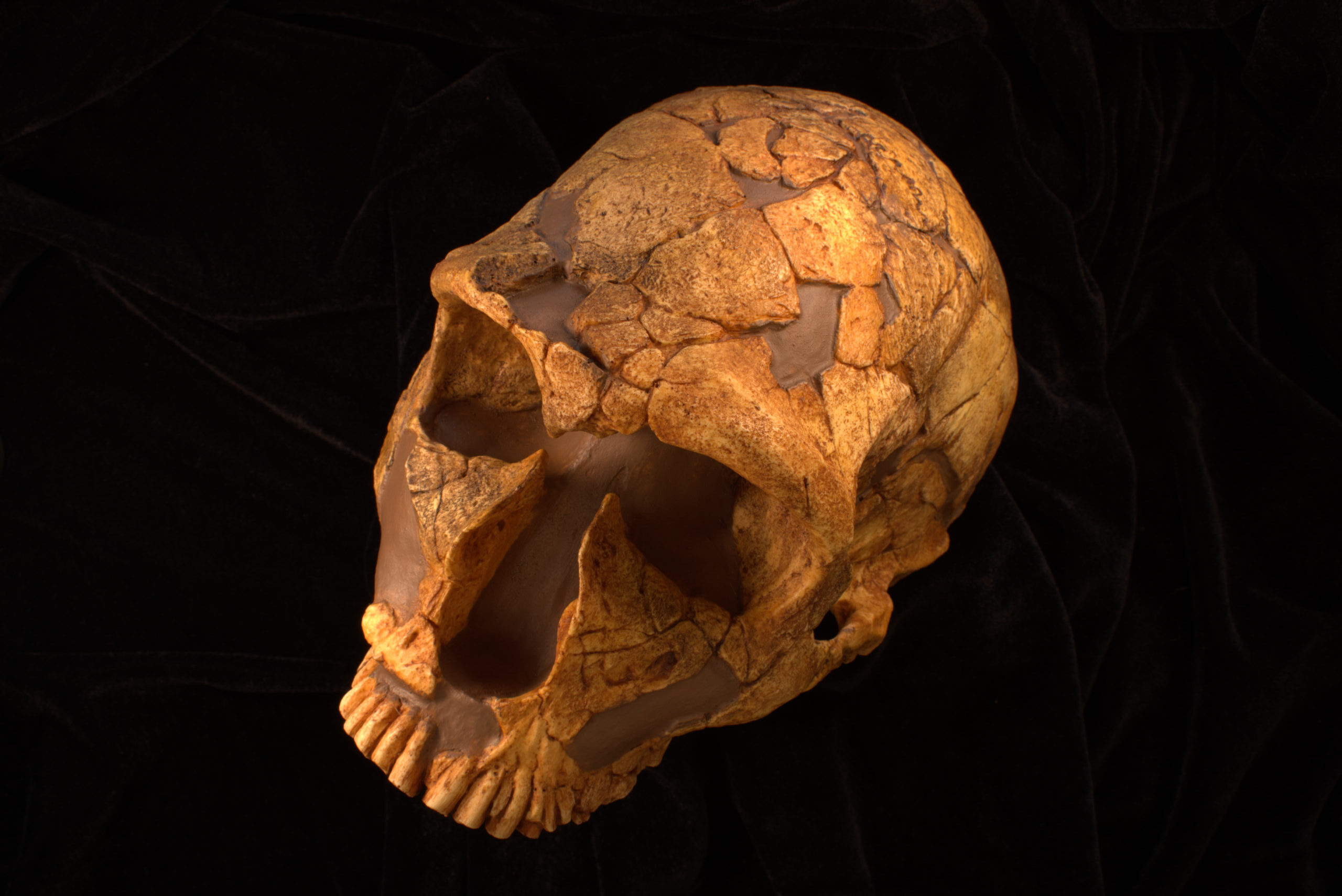
New analyses of ancient DNA preserved for millennia in bones and soils have revolutionized the field of archaeology. Suddenly, archaeologists have gained new insight into human origins, past population migrations, ancient diseases, plant and animal domestication, and even the factors that contributed to the extinctions of megafauna such as woolly mammoths. Recent genetic case studies will provide a lens for learning about the archaeology of diverse world regions and time periods, from Oceania to Mesoamerica and from the Paleolithic through recent history. Topics will include: human evolution and genetic relationships between humans, Neanderthals, and Denisovans; the peopling of the globe; extinction and de-extinction; domestication and the origins of agriculture; paleodiseases and paleodiets; and ethics in genetic research.
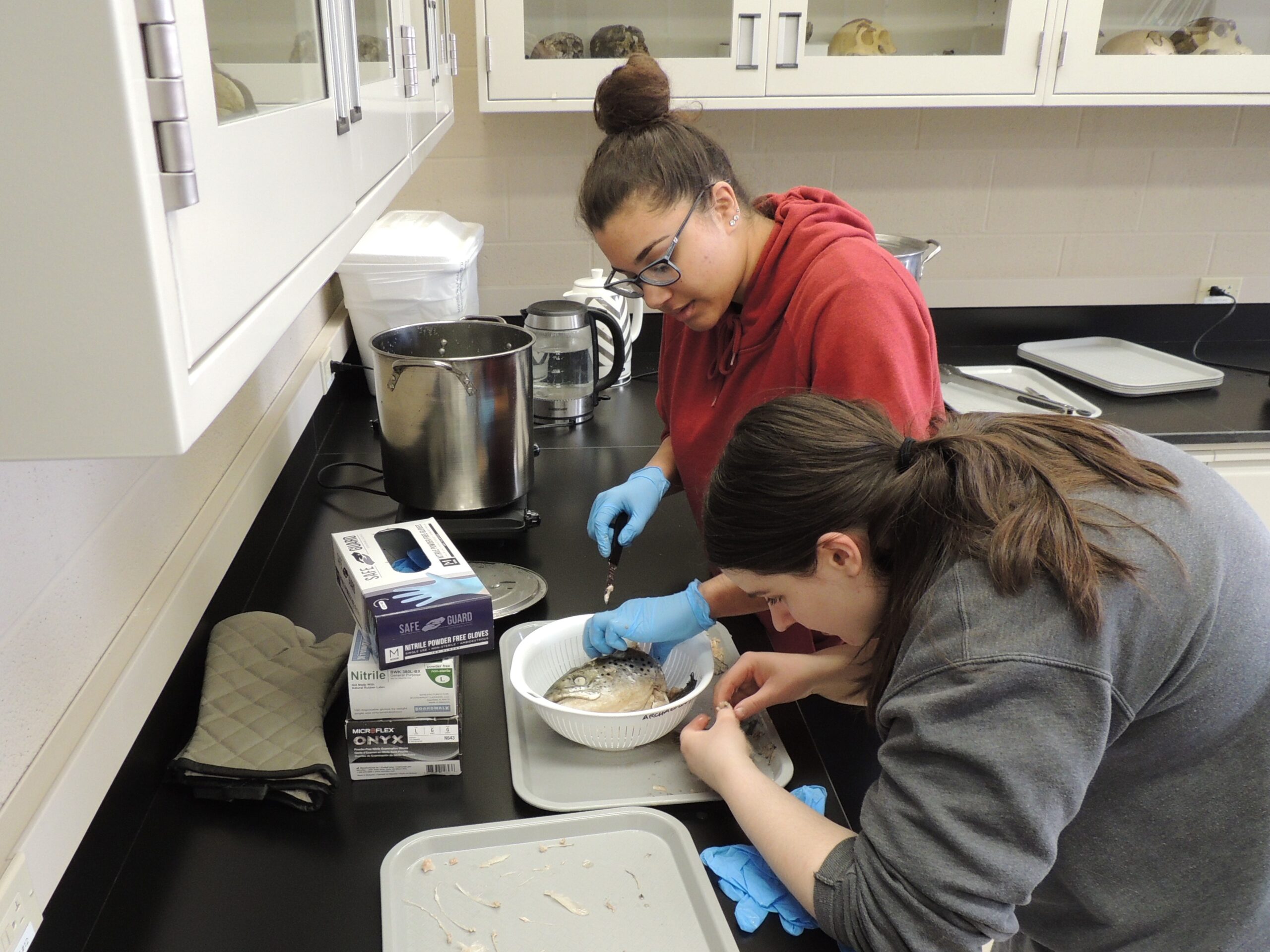
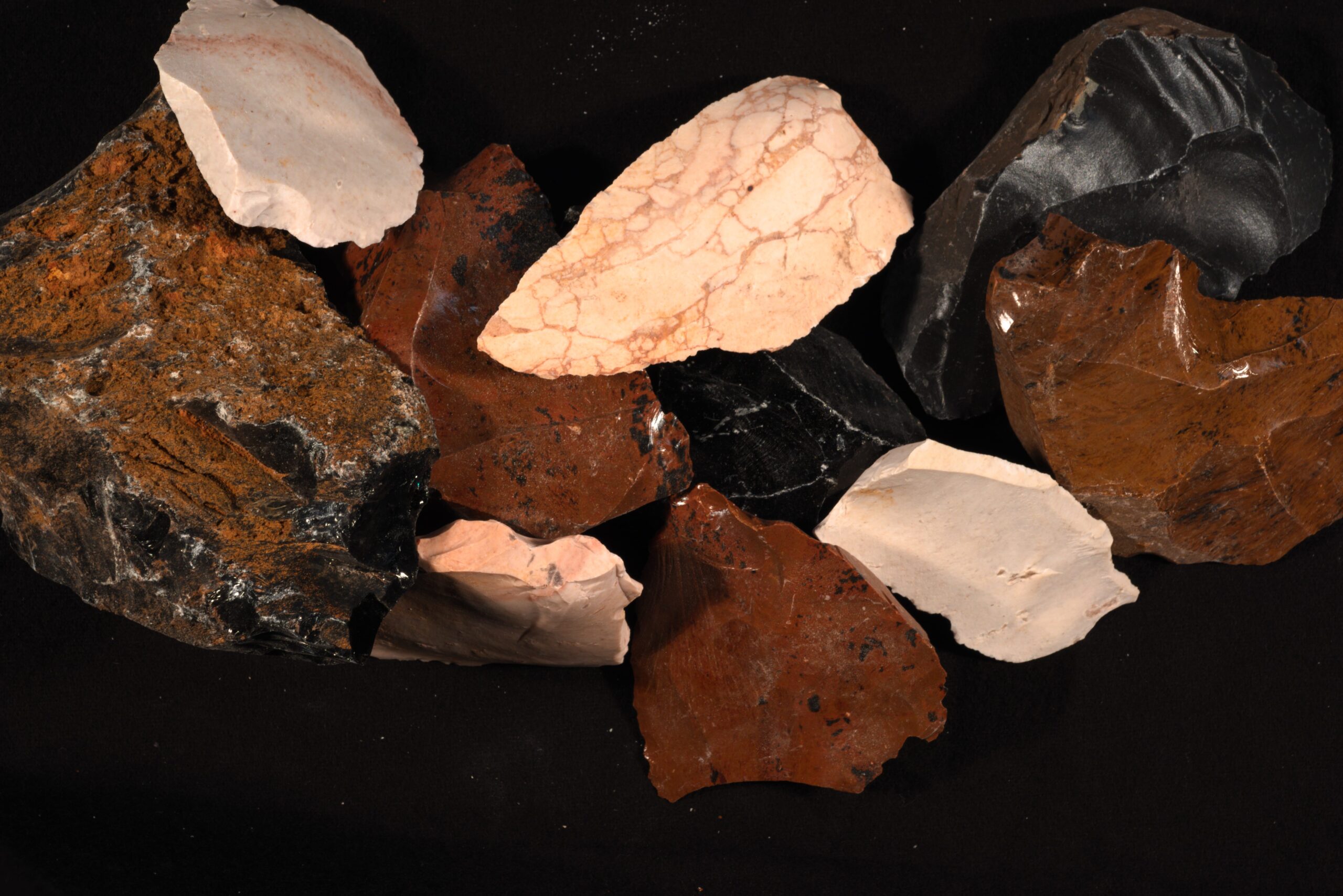
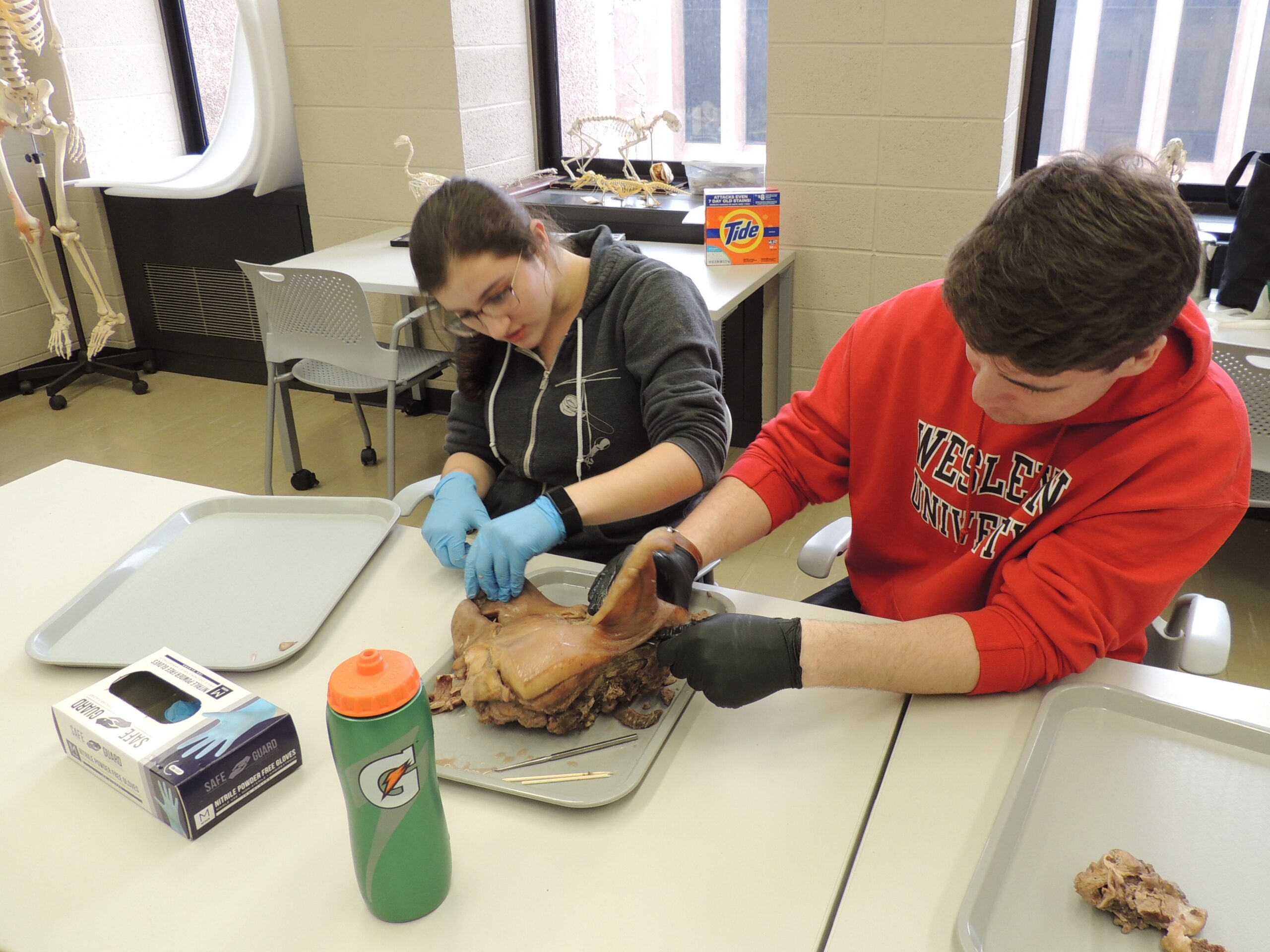
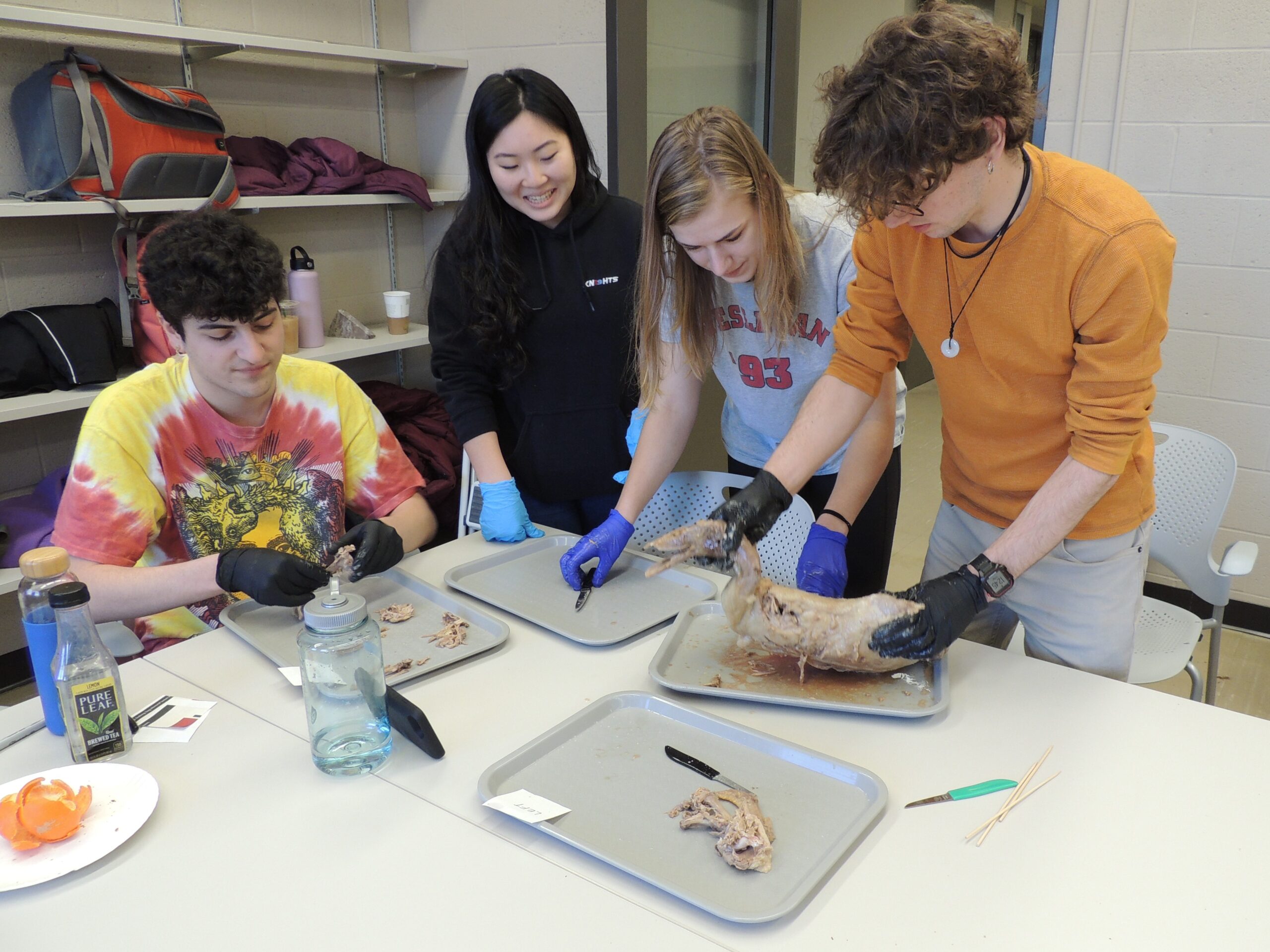
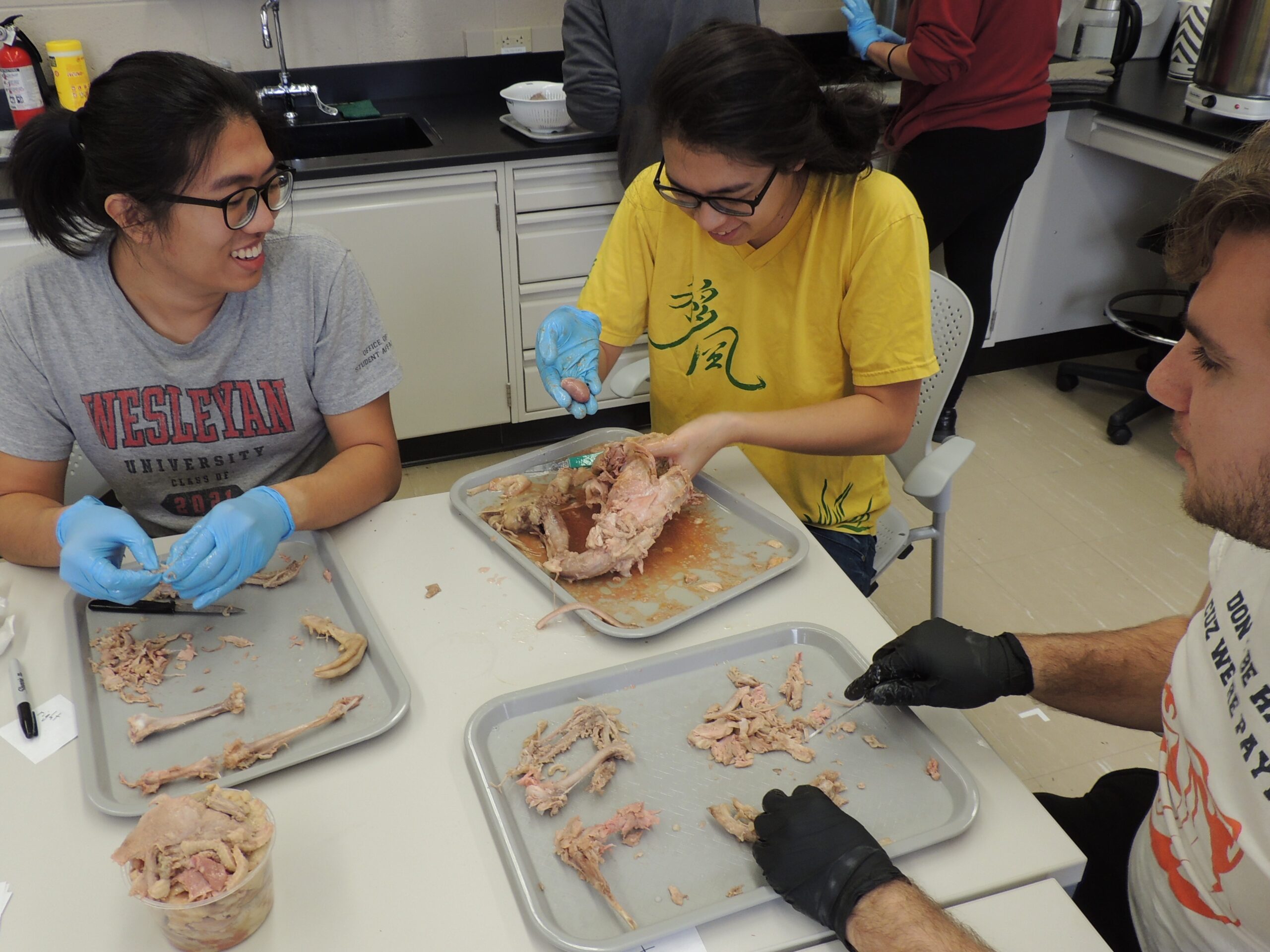
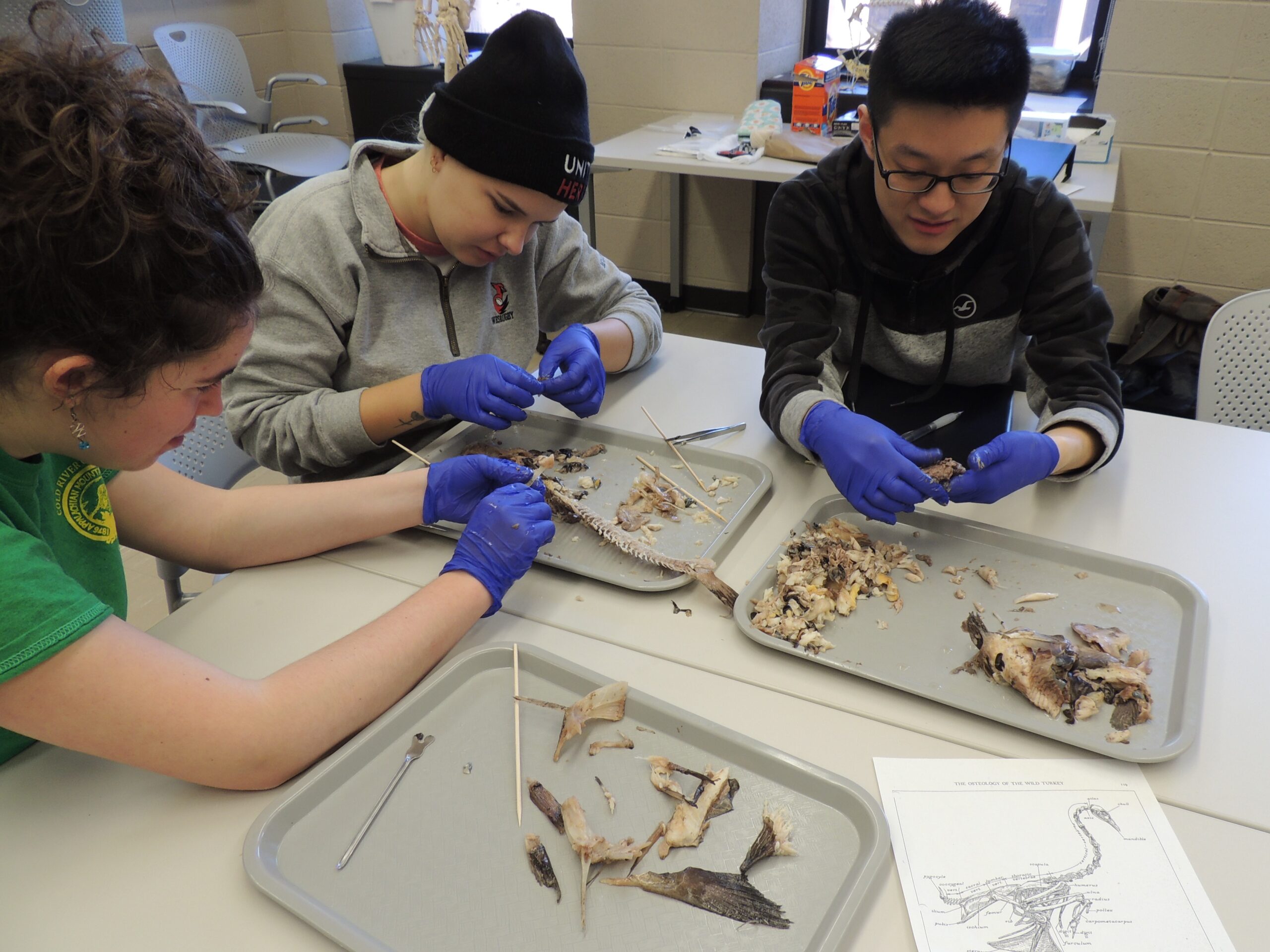
Archaeological materials provide long-term records of how humans have modified past environments and how human societies respond to environmental change. In this course, students will learn how data from ancient plants, animals, and soils can be analyzed in order to draw interpretations about past human-environmental interactions. We will also discuss key topics in environmental archaeology, including the long-term environmental impacts of plant and animal domestication and debates over environmental causes for the “collapse” of civilizations such as the ancient Maya. The course will involve hands-on preparation of plant and animal specimens to add to the Wesleyan Environmental Archaeology Laboratory comparative collections.
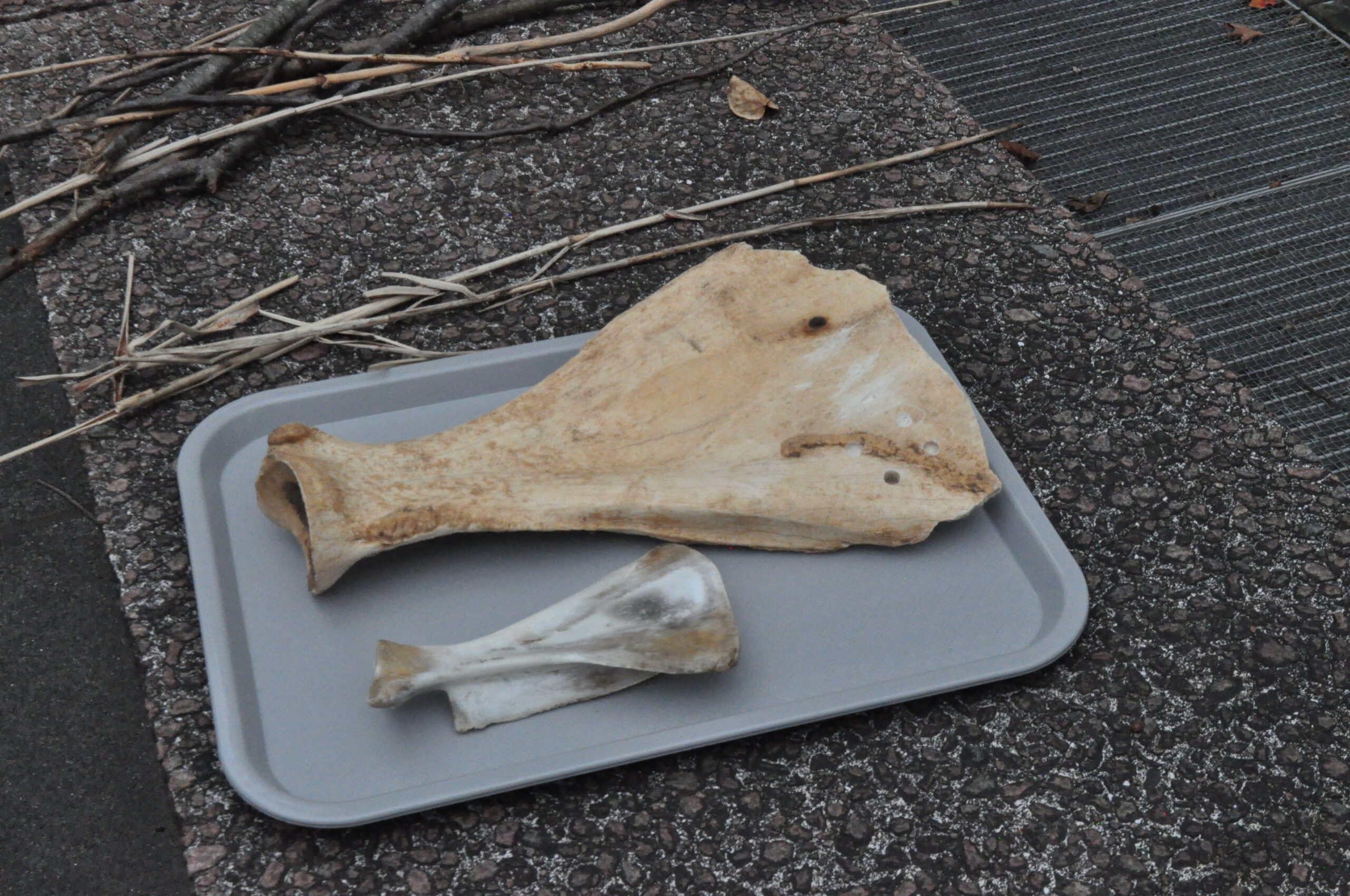

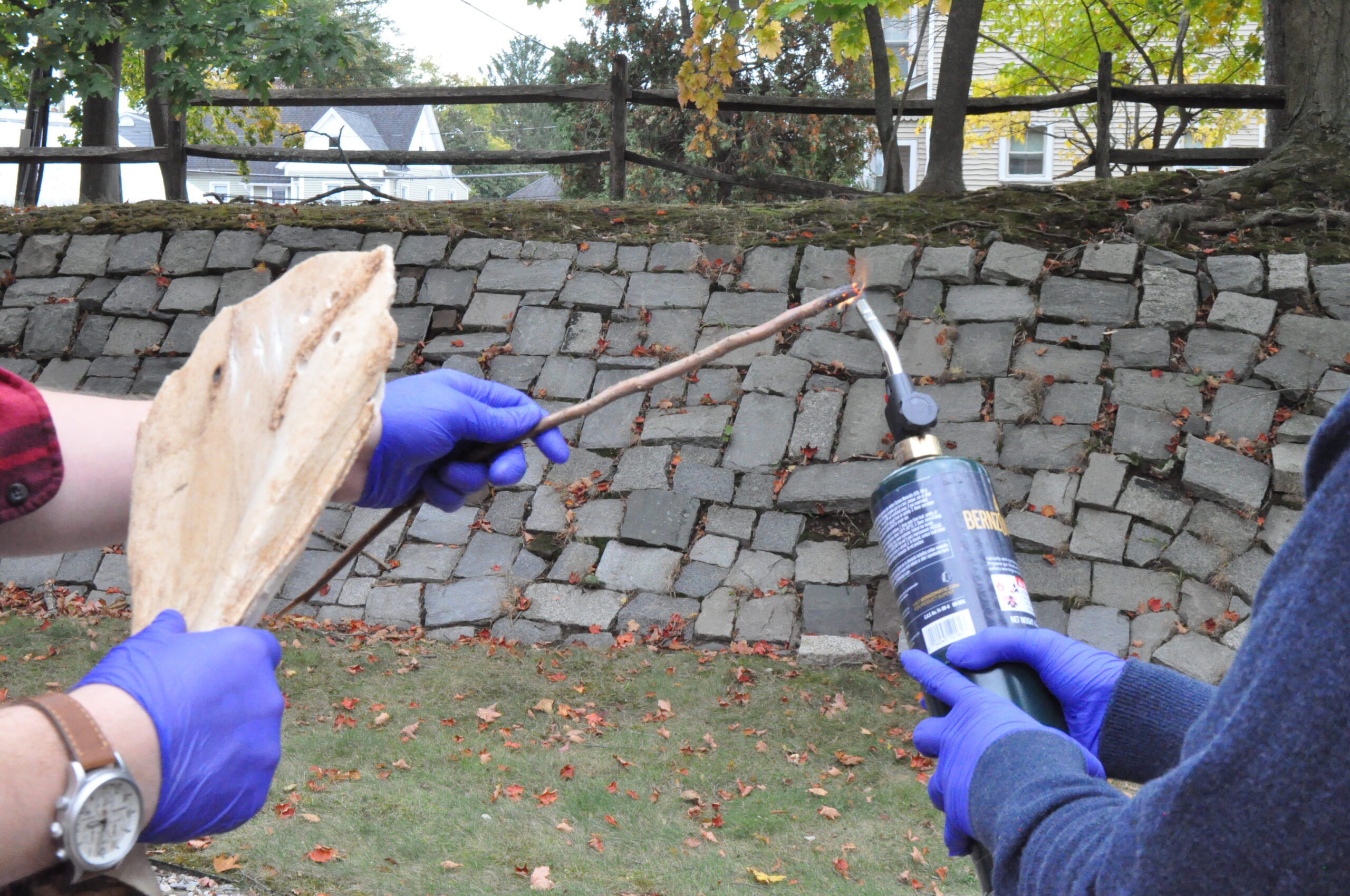
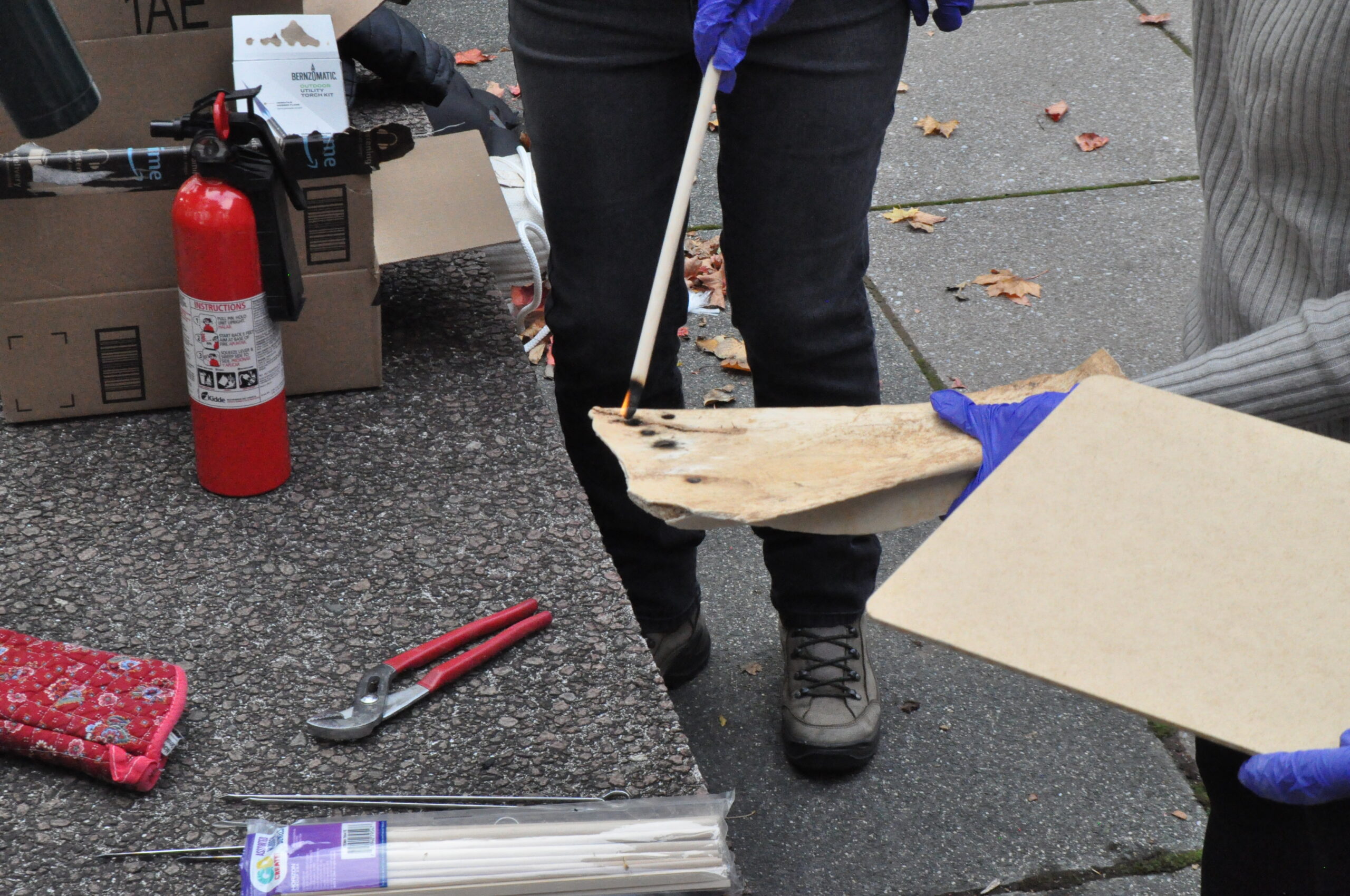
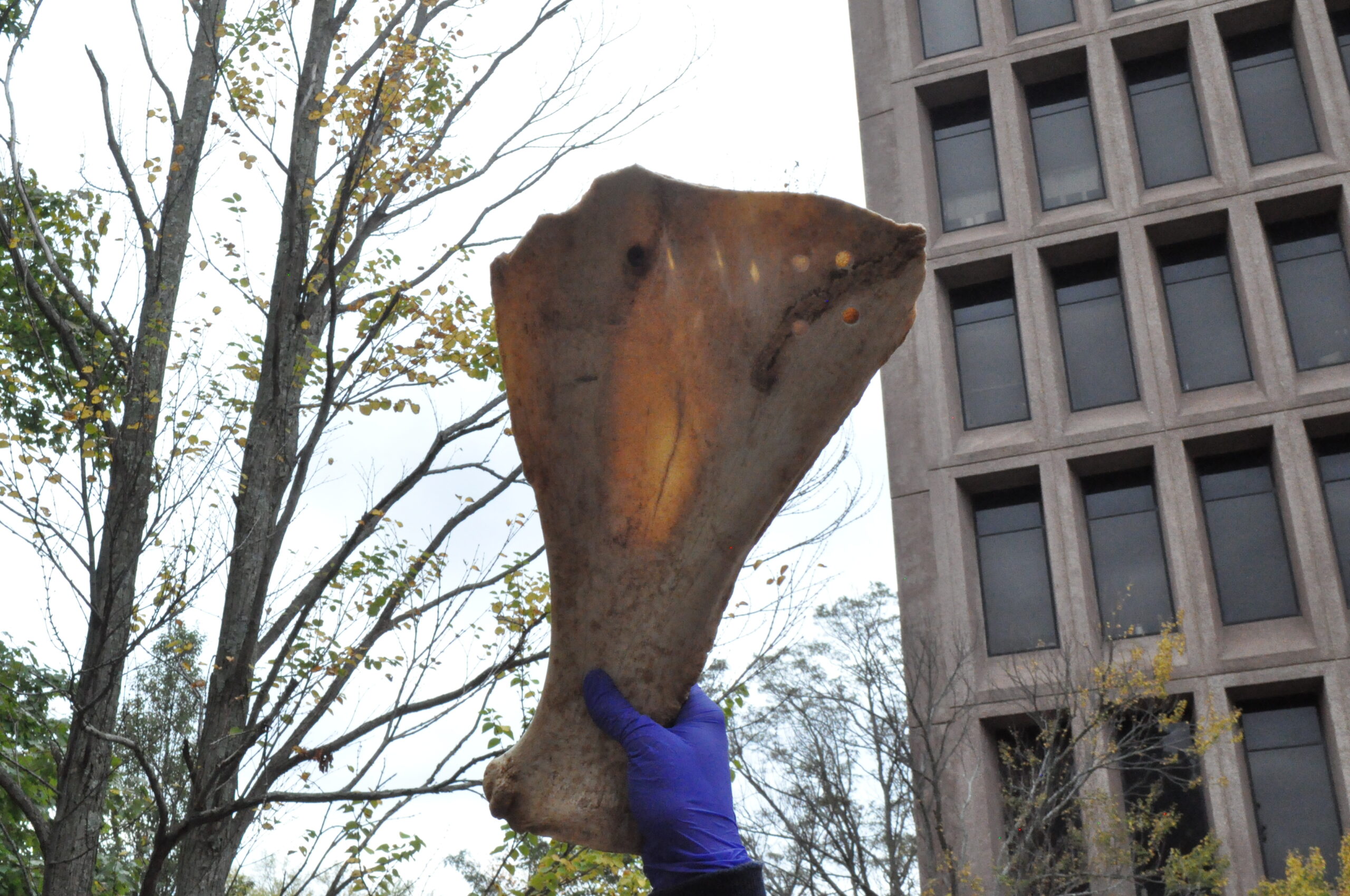
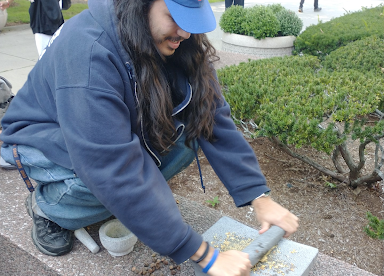

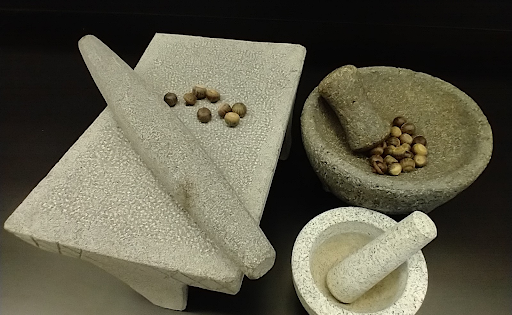
This course will introduce students to remarkable archaeological discoveries from East Asia, focusing on the archaeology of ancient China, but also including finds from Japan, Korea, and Mongolia. Beginning with “Peking Man” and Asia’s earliest hominin inhabitants, we will explore the lives of Paleolithic hunter gatherers, the origins of domestic rice and pigs, the emergence of early villages and cities, the origins of writing, ancient ritual systems, long-distance interactions through land and maritime Silk Roads, and the archaeology of Chinese diaspora populations living in the 19th Century United States. We will also consider the current state of archaeological research in East Asia, focusing on site preservation, cultural heritage management, and the political roles of archaeology.

This laboratory course will explore how zooarchaeological methods for analyzing animal bones and teeth excavated from archaeological sites allow us to reconstruct ancient human-animal-environmental interactions. We will cover a range of topics and techniques, including hands-on sessions for the identification and quantification of faunal remains. By the end of the course, students will be able to identify every bone in the mammalian skeleton and distinguish between the bones of common non-mammalian taxa. Additional topics will include ancient DNA in zooarchaeology, bone stable isotope analyses, human-caused extinctions, animal domestication, bone artifact production, and animal sacrifice.
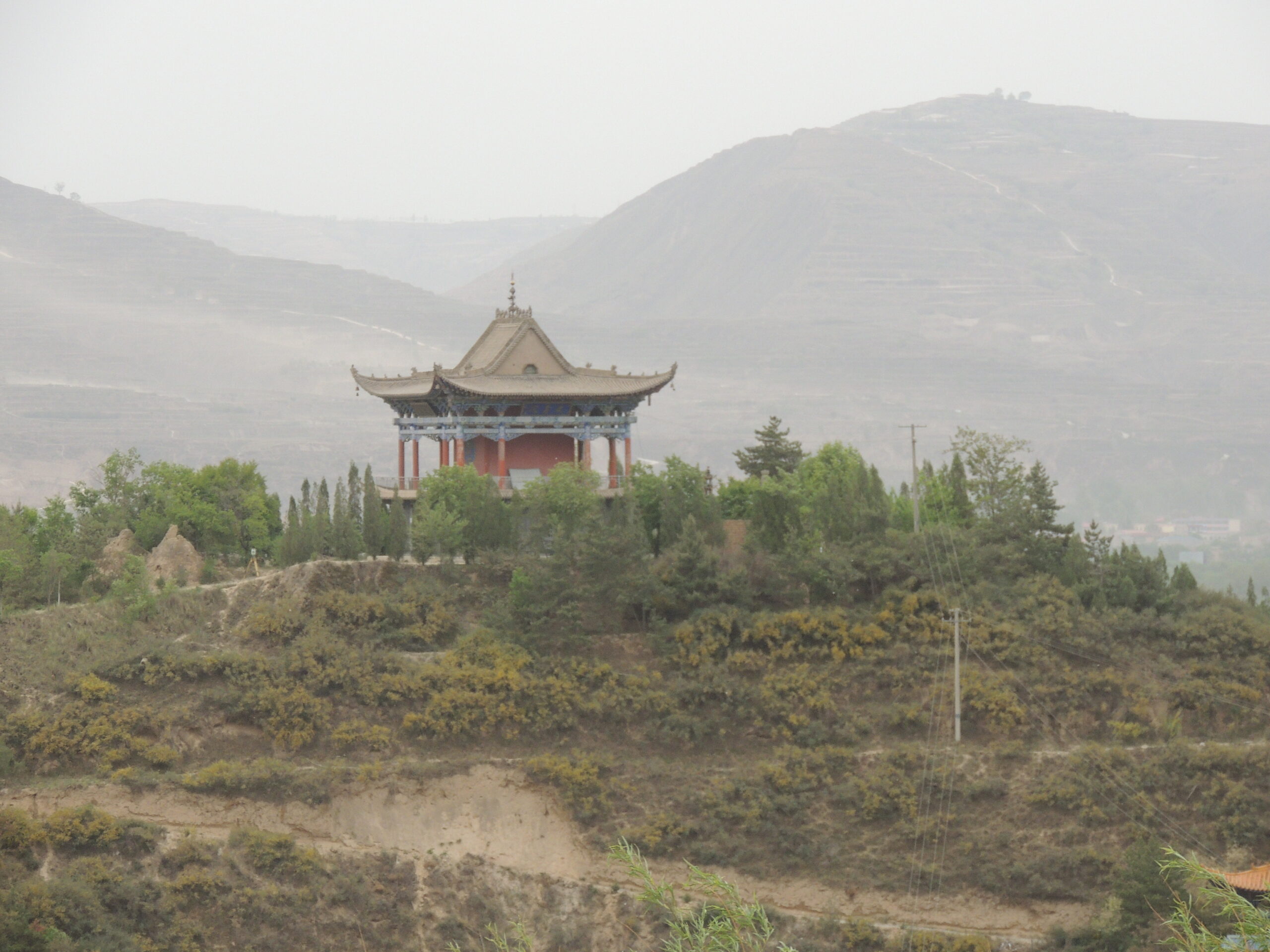
Archaeologists draw upon diverse data sets and approaches to reconstruct rich pictures of ancient ecologies, built environments, economies, cultural and cognitive practices. This 0.5 credit seminar explores, challenges, and evaluates the theoretical frameworks employed by archaeologists in research design and analyses of past societies. Topics will rotate depending upon student interests and current research projects but will be chosen from among anti-racist archaeology, gender and ethnicity studies, object and entanglement theory, frameworks for experimental archaeology, funerary analyses, typology and data management, landscape archaeology, conservation, or ethical approaches to archaeological science, among others. Foundational theoretical texts will be discussed alongside current publications in each topic area. The seminar is designed to prepare students for independent research in archaeology and related fields.
